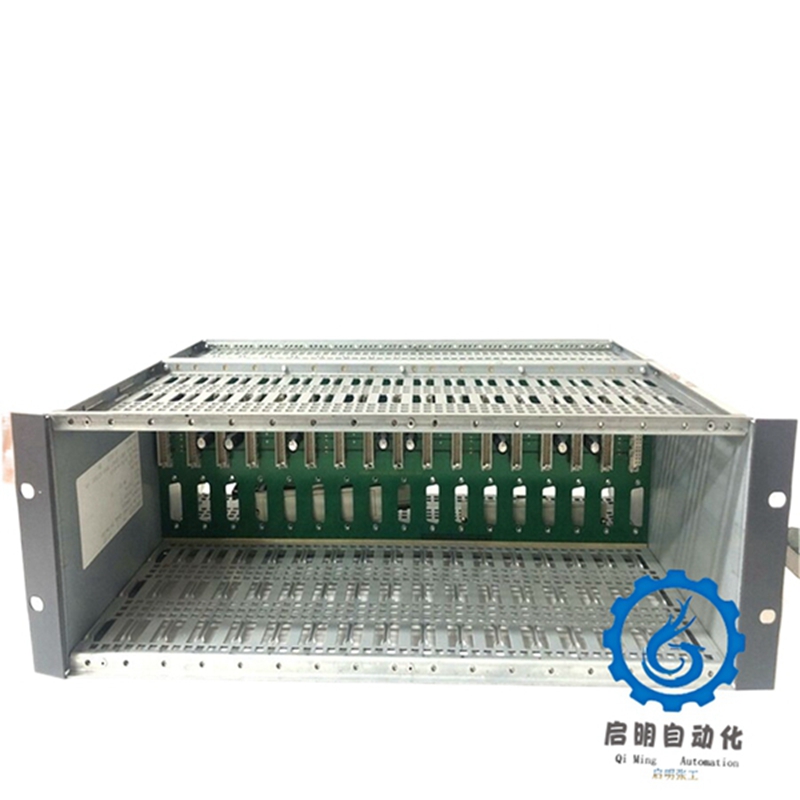
05701-A-0511 Integrating ideal diodes, source selectors, and eFuses helps enhance system robustness

brief introduction
Ideal diodes use low on resistance power switches (usually MOSFETs) to simulate the unidirectional current behavior of a diode, but without the voltage drop loss of the diode. With the help of additional back-to-back MOSFETs and control circuits, this solution can provide more system control functions, such as priority source selection, current limiting, surge limiting, etc. In traditional solutions, these functions are dispersed across different controllers, making achieving complete system protection complex and cumbersome. Here, we will study the main circuit specifications of ideal diodes and introduce an application example and a new ideal diode solution, which also integrates other functions required to achieve overall system protection in a single IC.
Basic knowledge of ideal diodes
Figure 1 shows the basic ideal diode using N-channel power MOSFETs. Place the MOSFET in the appropriate direction so that its intrinsic diode functions in the same direction as the diode to be simulated (above). When VA is higher than VC, the current can naturally flow through the intrinsic diode from left to right. When the current flows in that direction, the control circuit conducts the MOSFET to reduce the forward voltage drop. When VC is higher than VA, in order to prevent reverse current flow (from right to left), the control circuit must quickly turn off the MOSFET. The voltage drop of an ideal diode is very low, determined by the RDS (ON) and current magnitude of the MOSFET. For example, under a 1 A load, the terminals of a 10 m Ω MOSFET will generate a voltage drop of 1 A x 10 m Ω=10 mV, while the typical voltage drop for a conventional diode is 600 mV. The power consumption of an ideal diode is 1 A2 x 10 m Ω=10 mW, which is significantly lower than the typical value of 1 A x 600 mV=600 mW for conventional diodes.
The original Q1 can control and block the reverse current from VB to VA. The added MOSFET Q2 can control and block the forward current from VA to VB.
This solution achieves comprehensive system control by conducting/turning off one or two MOSFETs, or restricting the flow of current in either direction.
Application Examples and Main Specifications of Ideal Diodes
Ideal diodes have many applications. Taking the industrial UPS backup power supply system (Figure 3) as an example. The system uses a 24V main power supply. The operating range of this power supply is 19.2 VDC to 30 VDC, and the transient voltage can reach up to 60 V. Use a 24V battery as a backup power source. To ensure full availability of backup power, during normal operation (when the battery is in standby mode), the battery should be fully charged to 24 V. When the main power supply is interrupted, the battery provides a backup power supply, discharging from 24 V to below 19.2 V until the system is no longer running, or until the main power supply is restored, whichever occurs earlier. An ideal diode circuit is needed here to provide ORing function for switching between system power and backup battery. In addition to the ORing function, the system also requires overvoltage, undervoltage, hot swapping, and efuse protection to prevent common system failures and enhance system robustness.
